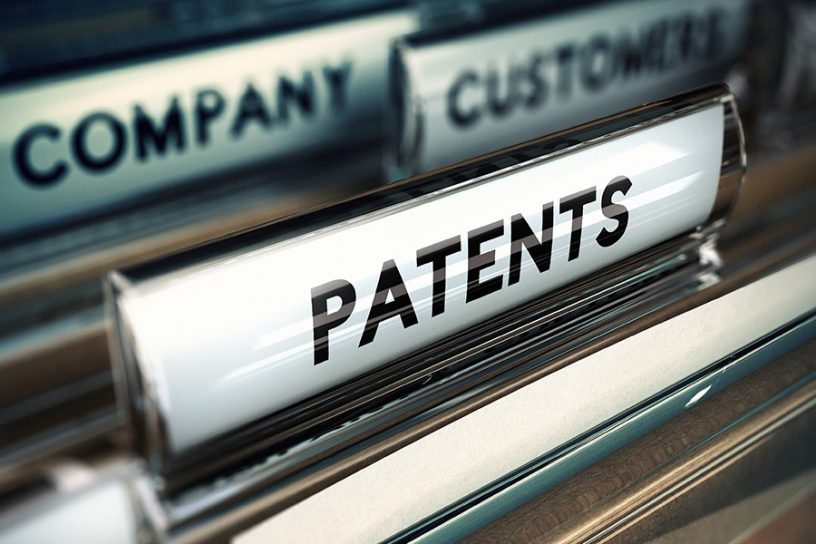
Statutory definitions of new invention (novelty) and inventive step are relatively explicit and clear but the relevant judicial decisions have been either silent as to distinguishing features of novelty and inventive step or have confounded the two making their distinction opaque.
Authors
Aqa Raza, Assistant Lecturer, Jindal Global Law School, O.P. Jindal Global University, Sonipat, Haryana, India.
Ghayur Alam, National Law Institute University (NLIU), Bhopal, Madhya Pradesh, India.
Summary
Novelty and Inventive Step are related but two different levels of enquiry under patent law. First level of enquiry, after the enquiry of patentable subject-matter, is that of novelty which is confined to one prior art reference. Second level of enquiry is that of inventive step which spreads over multiple prior art references.
If claimed invention is not novel, there is no need to enquire about inventive step. Only three decisions of Supreme Court directly deal with novelty and inventive step. These decisions, however, neither explain nor lay down any test of distinguishing between novelty and inventive step.
Central argument of this article is that statutory definitions of new invention (novelty) and inventive step as given under s. 2 (1) (l) and s. 2 (1) (ja) of the Patents Act, 1970 and provisions of the Indian Patents and Designs Act, 1911 are relatively explicit and clear but the relevant judicial decisions have been either silent as to distinguishing features of novelty and inventive step or have confounded the two making their distinction opaque.
The argument proceeds from semantic analysis to legal analysis of the statutory text and relevant decisions of the Supreme Court on novelty and inventive step.
Published in: The Banaras Law Journal
To read the full article, please click here.


